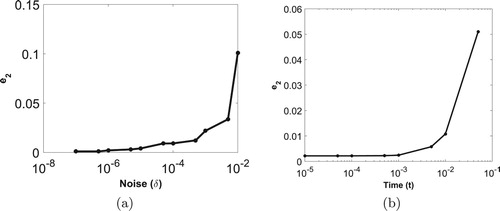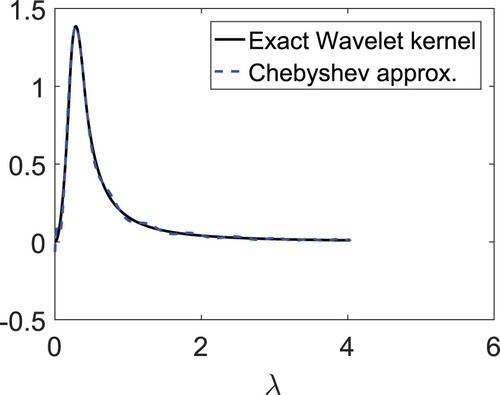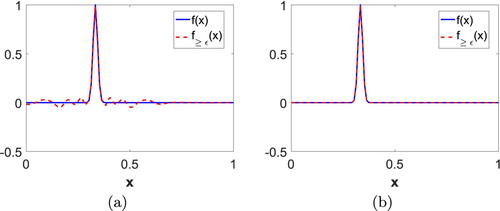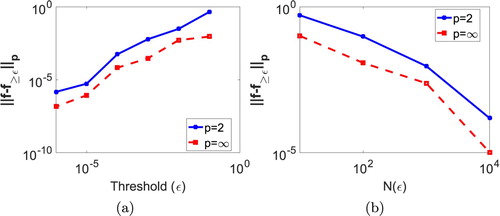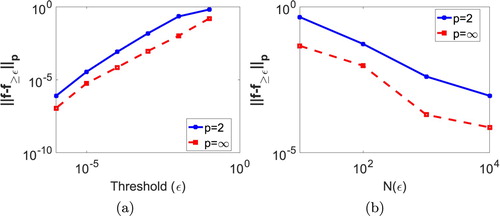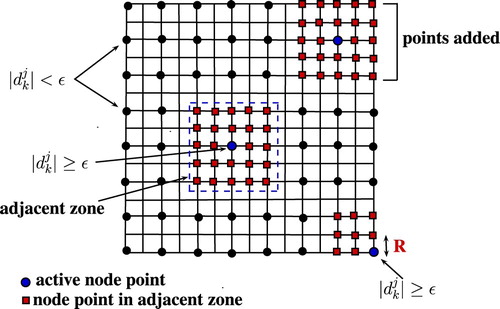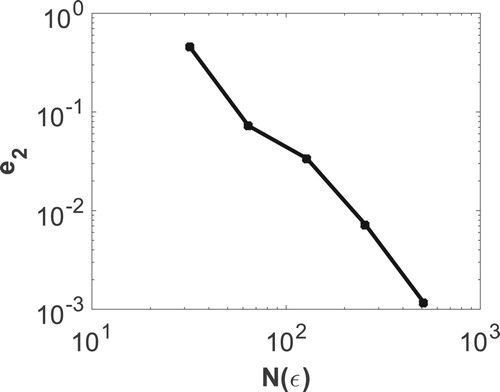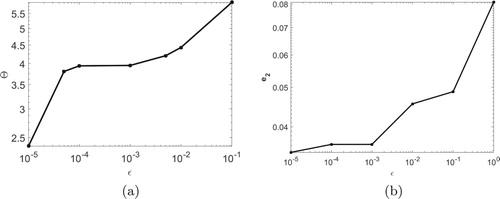Figures & data
Figure 8. Test function 2 and corresponding reconstructed function for different values of ε: (a) test function 2, (b) for
, (c)
for
.

Figure 10. Wavelet coefficients at different value of j for two different test functions: (a)
for test function 1 and (b)
for sawtooth function with discontinuity at x = 0.5.
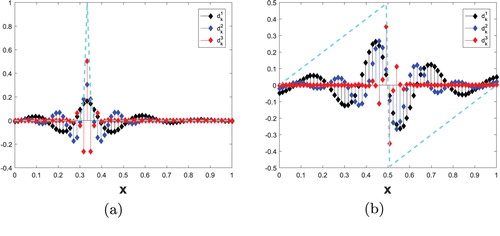
Figure 13. Functions and the corresponding adaptive node arrangements in one-dimensional setting for R = 0.1 and M = 6. (a) Test function 1, (b) Sawtooth function with discontinuity at x = 0.5.
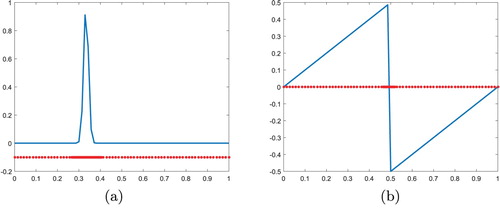
Figure 14. Function and the corresponding adaptive node arrangement in two-dimensional setting for R = 0.1 and M = 6: (a) Test function 2 and (b) adaptive grid.
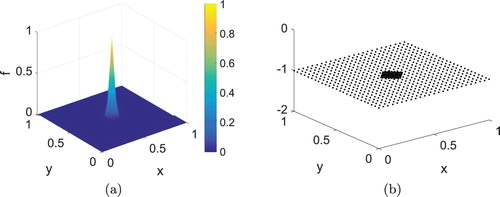
Figure 15. Test function with noise and corresponding regularized data: (a) test function 1 with noise, (b) filtered function, (c) sawtooth function with discontinuity at x = 0.5 with noise and (d) filtered function.
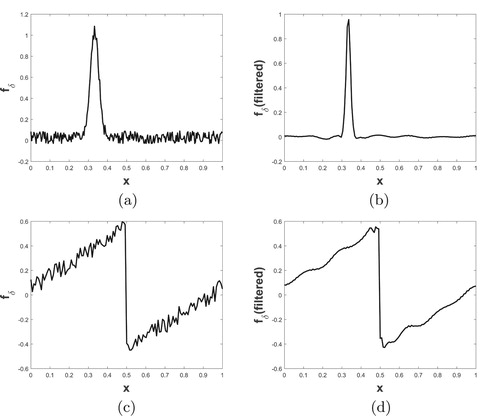
Figure 16. Evolution of the solution and dynamically adapted node arrangement for test problem 1 using : (a)
, (b)
, (c)
, (d)
.
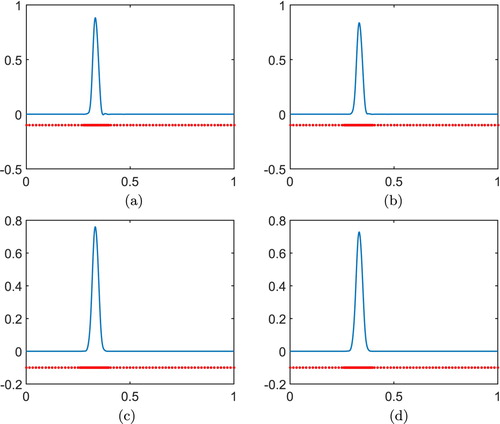
Figure 17. Plot of (a) error versus noise parameter δ with fixed and (b) error versus time T with fixed
for test problem 1.
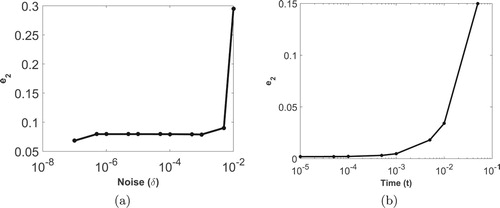
Table 1. Comparison of relative error for test problem 1 between Fu et al. [Citation15] and ASGWM.
Figure 20. Evolution of the regularized numerical solution and corresponding dynamically adapted node arrangement for test problem 2 using . (a) Solution for T = 0.1. (b) Adaptive node arrangement (
). (c) Solution for T = 0.2. (d) Adaptive node arrangement (
). (e) Solution for T = 0.4. (f) Adaptive node arrangement (
). (g) Solution for T = 0.8. (h) Adaptive node arrangement (
).

Table 2. The performance of ASGWM for test problem 2 with regularization.
Figure 21. Plot of (a) error versus noise parameter δ with fixed and (b) error versus time T with fixed
for test problem 2.
